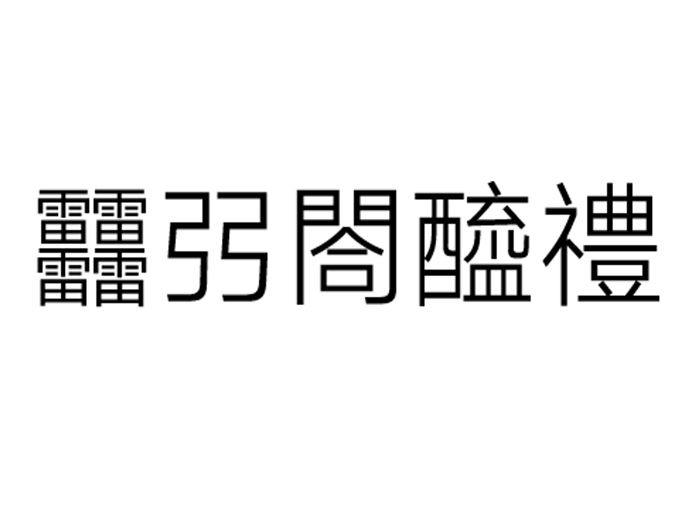

The post-epidemic era has reshuffled the consumer goods market significantly. Changing market structures and the flourishing of consumer groups provide challenges as well as opportunities for new consumer products. How can we efficiently establish communication with a discerning and value-oriented audience? Creating names for new consumer branding that fit the context of the new era surely is the first step.
According to Xinhua News Agency, by the end of June 2022, China’s effectively registered trademarks had exceeded 40 million, which is a 20.9% increase year on year. Under such circumstances, brands are actively seeking to be unconventional. Therefore, we have summarized 3 major brand naming trends, hoping to bring readers different solutions to the challenge.
Chinese consumers would remember well the song Rare Characters that exploded all over the Internet in 2018, which was a sensational piece of music composed of characters that are rarely spoken and not readily recognizable. Perhaps inspired by the song, new consumer branding has discovered that the thousands of profound Chinese characters are a gold mine for naming and communication ideas. For example, the following several characters, baffling at first glance, are quietly rewriting the future of the creative possibilities of new consumer branding.

Take a closer look at Li-Ning’s running shoes cushioning called「䨻」(䨻 [bèng] loud sound) and you will find that its name is made up of four “雷” [léi] the Chinese character denoting thunder. Using four thunders as the name of the cushioning material, Li-Ning vividly conveys how its shoes would give customers powerful feedback with every step. Though no consumer knows its pronunciation, the character “䨻” as a graphical concept breaks the boundary between vision and tactility. Another of its cushioning technology named「Li-Ning 弜」(弜 [jiàng] powerful bow) is an upgrade from the「Li-Ning 弓」(弓 [gōng] bow). “弜” is composed of two “弓”s, intuitively representing the optimization of technology in a visual way.
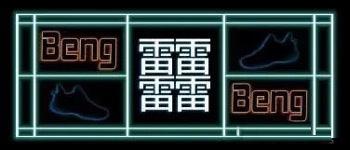
Ease of pronunciation used to be one of the primary criteria for an excellent name, but under the challenge of trademark risk and the growing capabilities of search optimization, unusual character choices have gradually become a land of creativity due to their unique visual characteristic. As you read this, you may be wondering what kind of Chinese characters can be called “rare”.
Long story short, they are ones that are not often used in daily life. The total number of Chinese characters is beyond count, and as early as the Han Dynasty’s “Shuowen Jiezi” had included more than ten thousand characters, but today only about 3,500 Chinese characters are actually used in everyday life. In other words, rare characters actually account for more than 70% of the total number of Chinese characters, making up a huge uncharted territory for creativity in brand storytelling and has indeed become one of the new consumer branding trends.
Through rare characters, we get a glimpse of the historical lineage and the complex Chinese culture. Behind the revival of them is the return of traditions triggered by cultural confidence. In an era where typing replaces writing, brands are discovering ways to appeal to young consumers who realize that novel forms of cultural heritage revival are underway.

After waking up in the morning, you wash your face with 934 cleanser and gently apply some Supp!eSupp!e foundation. You put a b:u shirt that has been disinfected by 59 Seconds on your baby, make her a bowl of Wholly Moly! oatmeal, then order a cup of %Arabica for yourself, and finally post a photo on Lemon8 — It isn’t hard to realize what these brand names have in common, which is the use of symbols and numbers. An increasing number of brands nowadays are discovering that besides alphabets and Chinese characters, symbols at the outer reaches of our keyboard can also be used as a unique resource for brand naming, making it one of the prominent naming trends of new consumer branding.

The Japanese coffee lifestyle brand 「% Arabica」 takes its name from the Arabica coffee bean, precisely because the % symbol looks like the coffee bean. Giving the symbol a new meaning imaginatively helped the brand in establishing a unique identity and owning the “%” symbol.

「Supp!eSupp!e」, a beauty and skincare brand that specializes in developing foundation for sensitive skin, replaces the letter “l” with the exclamation mark, adding a touch of confidence to the brand’s personality without compromising the overall comprehension.
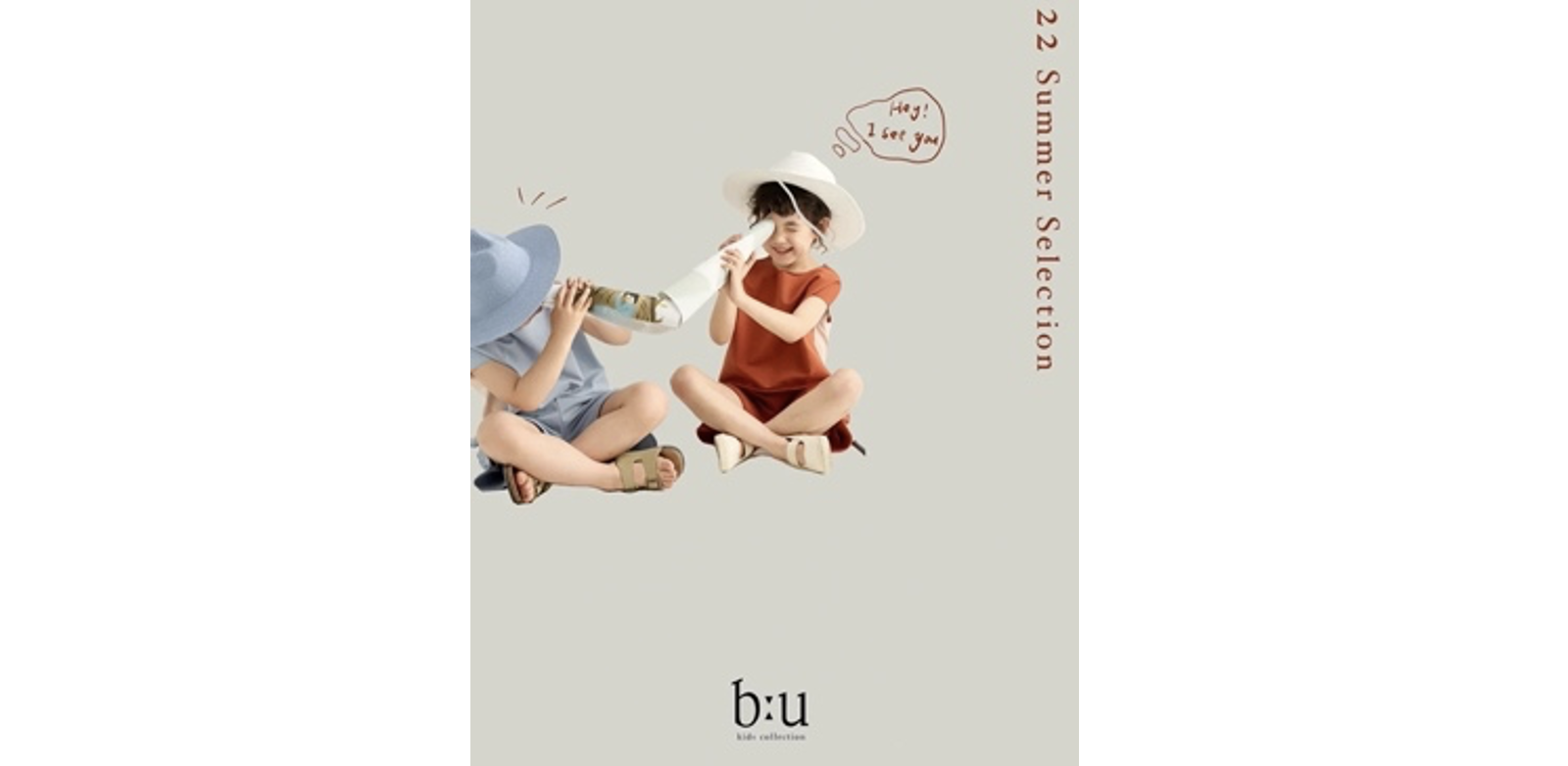
The children’s clothing brand 「b:u」 appears playful, which is in line with the brand’s tone: “bu…bu…”. It is one of the earliest sounds children make. In addition, “b:u” can also be pronounced as “Be U”, a hope that each child can be himself or herself.

Guangzhou-based coffee brand「.jpg」directly uses the JPG image suffix as its name. In correspondence with the name, the brand also uses a pixelated image style for its logo and storefront decoration and prints the tagline “Take a .jpg when you pass by” on all its coffee cups. Innovatively using tech jargon that we see every day could be simple, intuitive, and provide much marketing potential.
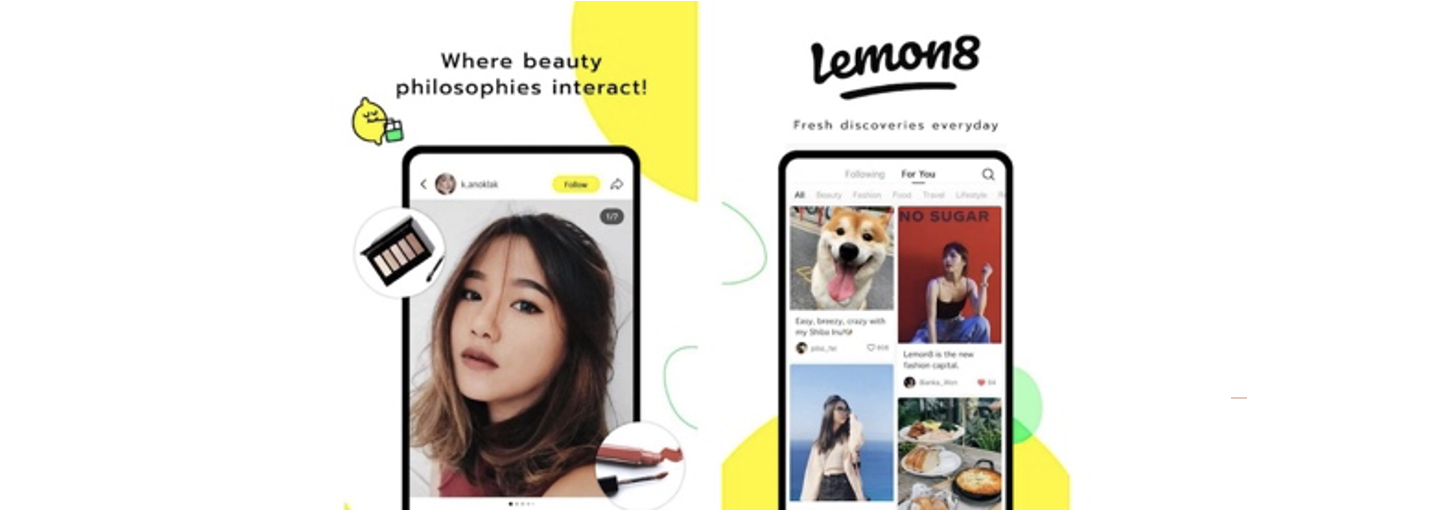
「Lemon8」is a content-sharing platform APP by Bytedance, creator of TikTok, with the mission to “share and discover the excitement of the world”. The “lemon” fruit implies an eye on freshness, while “8” is inspired by the infinity symbol ∞ in math. “Lemon Eight” also shares pronunciation with “lemonade”, a playful twist making the name short and memorable, helping Lemon8 become popular across different overseas markets.
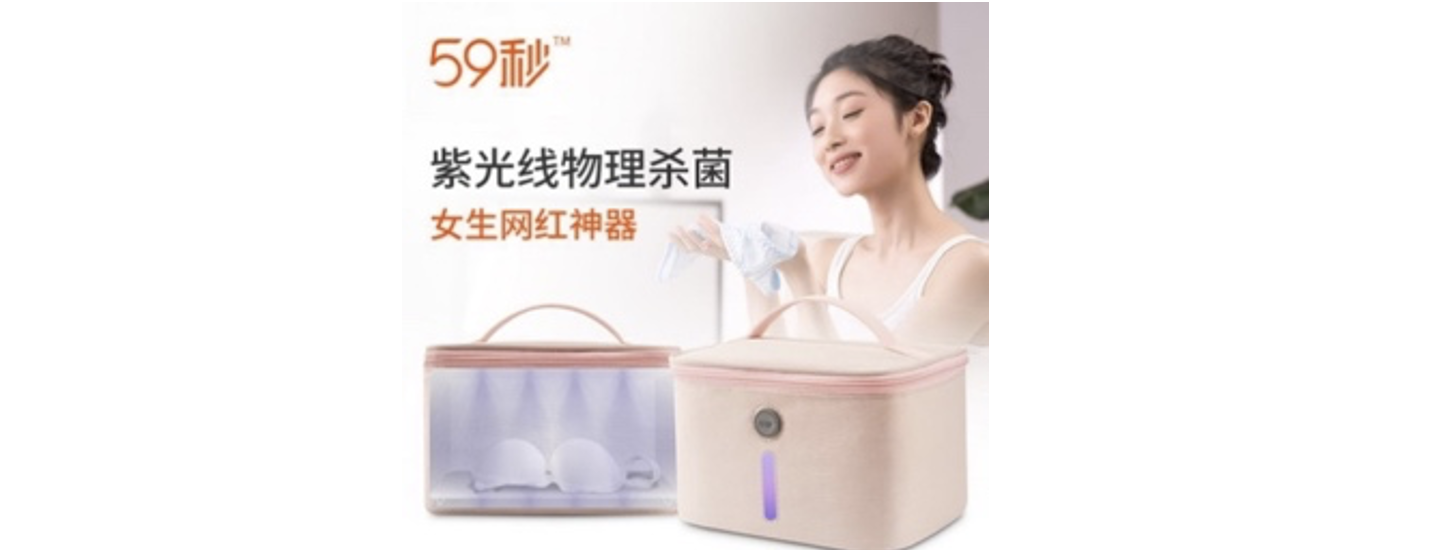
The LED UV disinfection brand「59 Seconds」provides solutions to the high demand for disinfecting underwear and baby products. The brand name comes from the easy-to-use and highly effective UV disinfection device that does the job in just 59 seconds, demonstrating its product features and efficacy in an extremely candid way.
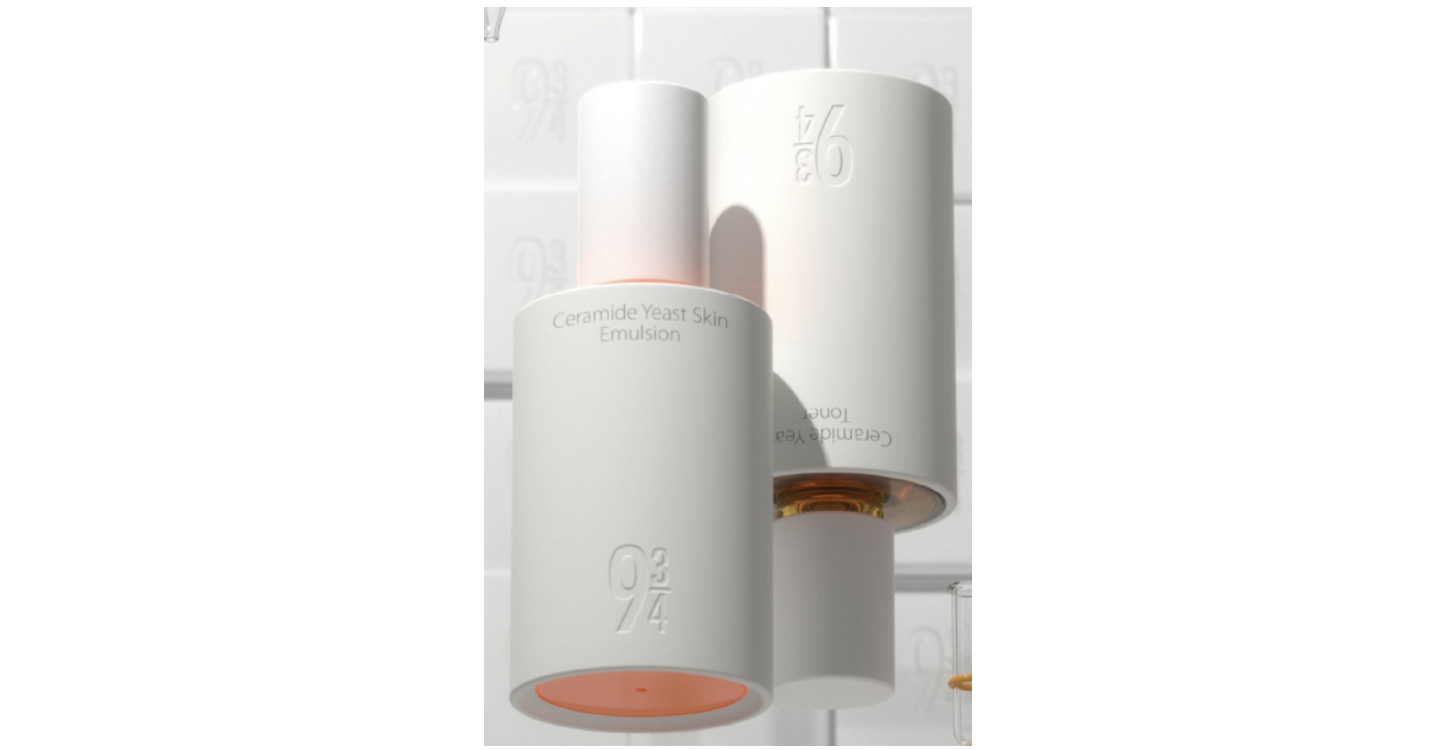
「934」is a skincare brand that focuses on simplicity and cost-effectiveness. The name stands for 9¾, with a perfect score of 10 as its goal, conveying that the brand is “always working hard to make perfect products”. The name contains only three numbers, which echoes the simplicity of the brand’s visuals and ingredients, while the subtle meaning behind them reinforces resonation with its customers.
Symbols with unique visual appearances can stand out from traditional text-only brand names. Symbols, punctuation, numbers, and pinyin are more concise than words, and their graphical nature makes it possible to develop a more distinctive brand identity. At the same time, symbols can be combined with or substitute letters, which offers the potential to express richer tonality and meaning.
In the Chinese market, brand names often consist of 2 or 3 Chinese characters. However, new consumer branding names with extraordinary length are becoming much more common as they move toward 4, 5, or more characters, and becoming phrases or even sentences.
An exceptionally long name stands out from a pool of 2-word and 3-word brand names. As their length increases, brand names become more colloquial, which could be catchier, easier to remember, and open up more space for narratives. In terms of trademark registrability, the distinctiveness of a longer name can reduce the risk of being similar to existing trademarks and increase the probability of successful legal registration.

With the name「To Adopt a Cow」, the dairy product brand instantly brings consumers to the source of its products. By using action verbs in the first person perspective, the name establishes a sense of involvement and an emotional bond between consumers and the brand.
First of all, noun phrases are the most common form of long names, such as「Sky of the Daisies」. As nouns, these names are widely applicable and versatile and could be used to specify product attributes or depict imaginative scenarios that set the mood.
In contrast, phrases with action verbs as brand names often put customers in the center of the stage, creating a sense of immersion and consumer-centricity, such as「To Adopt a Cow」「Raised a Furry One」.
In addition to phrases, more words allow brand names to be used directly in full sentences to achieve a catchy and poetic effect. Great examples include brands like「A Thought In the Grass」and「A Clear Spring Comes Out of the Mountain」.
Ultra-long names are particularly suitable for lifestyle brands, precisely because their phrase/sentence-forming characteristic has the possibility to communicate denser ideas and set the mood of the brand smoothly. Compared to Business-to-Business services, such names are also more suitable for Direct-to-Consumer or Business-to-Consumer brands with a younger target audience than corporate brands. In short, longer names can convey the characteristics of consumer products, and the attitude of its services, and paint the brand’s personality in a relaxing and novel way.
A Labbrand Group Company © 2005-2024 Labbrand All rights reserved
沪ICP备17001253号-3To improve your experience, we use cookies to provide social media features, offer you content that targets your particular interests, and analyse the performance of our advertising campaigns. By clicking on “Accept” you consent to all cookies. You also have the option to click “Reject” to limit the use of certain types of cookies. Please be aware that rejecting cookies may affect your website browsing experience and limit the use of some personalised features.